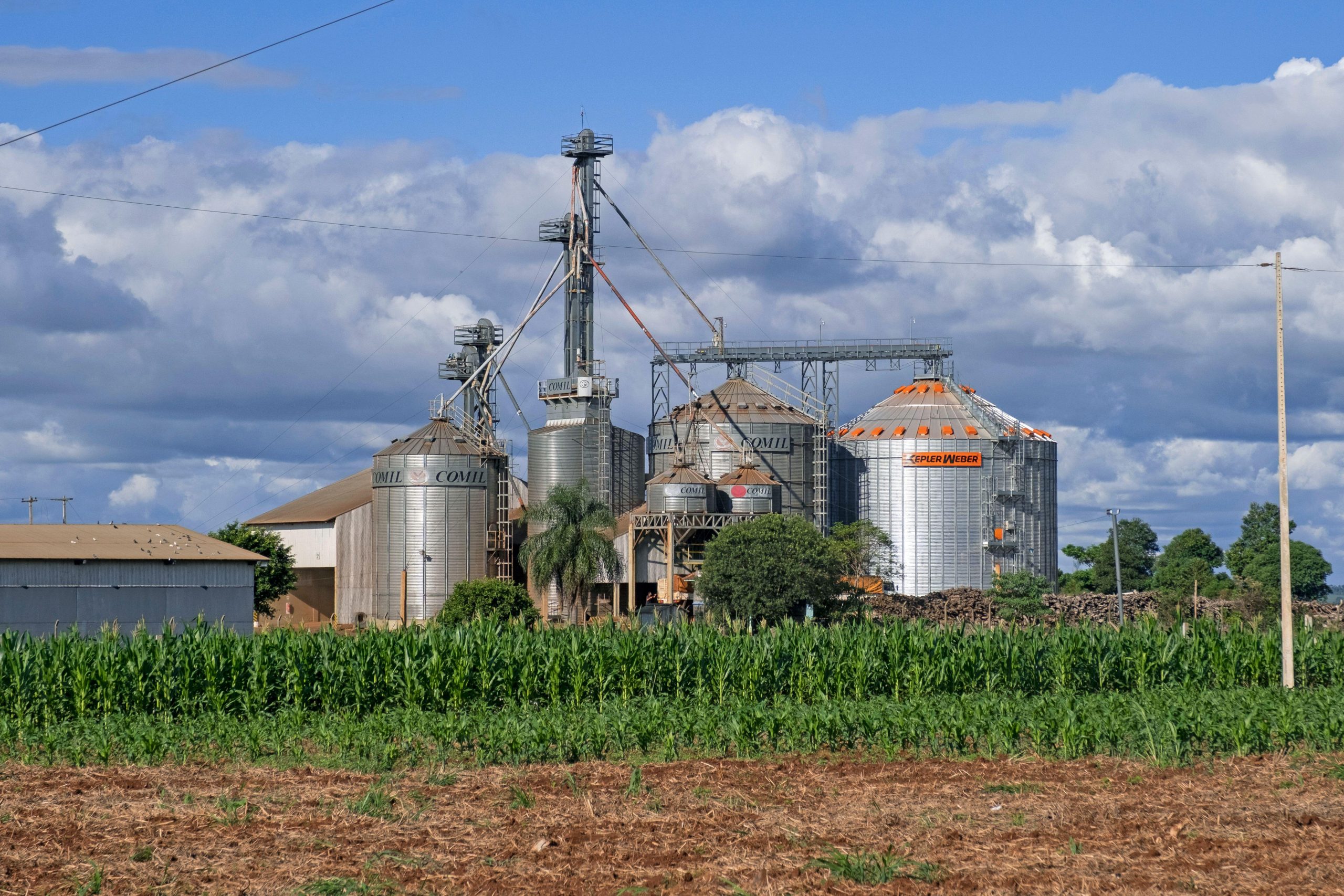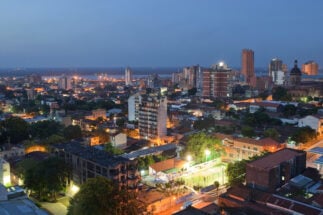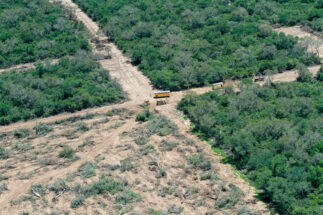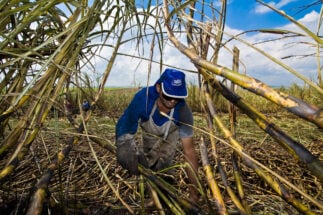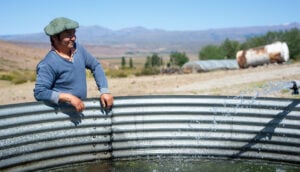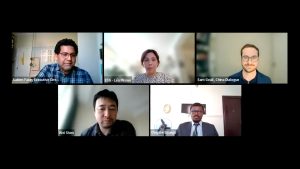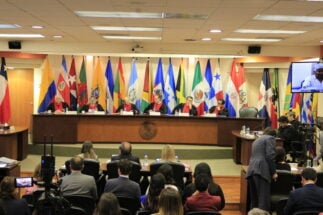In Paraguay, the announcement of a biofuels plant set to be the largest in South America has divided the country. While the company behind it and the government are keen to highlight the potential economic impacts of the project, and claim the soy used to fuel it will not be linked to deforestation, environmental organisations have questioned the commitments.
The Omega Green plant aims to produce renewable diesel (also known as hydrotreated vegetable oil, or HVO) and renewable aviation fuel, as well as processing by-products, including propane, butane, naphtha and acid gases. It is expected to start operating in 2025 and will be located near the city of Villeta, 45 kilometres south of the capital, Asunción.
What are biofuels?
Fuels produced from raw materials of agricultural origin or organic waste, for which they are considered renewable. Some of the most used are biodiesel and bioethanol.
Biofuels are considered renewable fuels as they are produced from raw materials of agricultural origin or organic waste. In the case of Omega Green, the output will be produced from animal fats, used cooking oils and soybeans.
Several airlines have already begun developing and testing biofuels, and blendings with standard fuels, in a bid to reduce their greenhouse gas emissions. This is expected to lead to a massive increase in demand for palm and soybean oil, with the aviation industry potentially the largest driver of a shift that could generate 7 million hectares of deforestation globally by 2030.
The project in Paraguay is being promoted by the Brazilian renewable energy company BSBIOS, part of the ECB Group. The company was founded in 2011 by Brazilian businessman Erasmo Carlos Battistella, dubbed “the king of biodiesel”. Some of the company’s businesses have been denounced for undermining the interests of the Brazilian people.
Although the Paraguayan development was announced in 2019, construction has been delayed by the Covid-19 pandemic, but is now scheduled to start in December this year, and with an investment of US$1 billion. A spokesperson for the company told Diálogo Chino that it had chosen Paraguay because of its legal security, financial stability and low energy costs.
The location of the plant
The plant will be located in an industrial complex of 384 hectares, according to the environmental impact assessment study, to which Dialogo Chino had access to. The land was acquired by the company from former president Luis Ángel González Macchi (1999-2003), according to Teodosio Gómez, mayor of Villeta.
Industrialisation in the Villeta area has brought parallel processes of dispossession of land and a loss of community, according to a study carried out collaboratively by the organisations Stay Grounded, Biofuelwatch, Heñói and Global Forest Coalition. Their analysis assesses the plant project and addresses the impacts it has had, and could have, on residents of Villeta’s Santa Rosa community.
Santa Rosa, home to 50 people, is the community closest to the site where the Omega Green plant will be built, and where several industries already exist. Many families have moved away in recent years because of the isolation caused by nearby industries, which have limited their freedom of movement by buying up land in the area.
Local residents, who preferred not to be identified, told Diálogo Chino that they were not necessarily against the construction of another industrial project like Omega Green, as long as it does not cause environmental damage to the area.
The mayor of Villeta acknowledged that many families in Santa Rosa have opted to sell their land and leave the area in the face of industrial expansion and limited movement. However, he was in favour of the project because of its economic benefits. According to the company, the plant will contribute over US$8 billion to Paraguay’s GDP over 10 years.
The operation
The project envisages a total production volume of 20,000 barrels per day of renewable diesel, renewable jet fuel and by-products, according to the environmental impact assessment. BSBIOS/ECB Group told Diálogo Chino that it will only use certified feedstock, as this is a requirement of its biofuel buyers.
BSBIOS/ECB Group has already signed contracts with Shell and BP for the supply of biofuels that should account for 90% of the plant’s capacity, a representative of Paraguay’s Ministry of Industry and Commerce told Diálogo Chino. The company will also seek to offer its production to the domestic market, depending on demand.
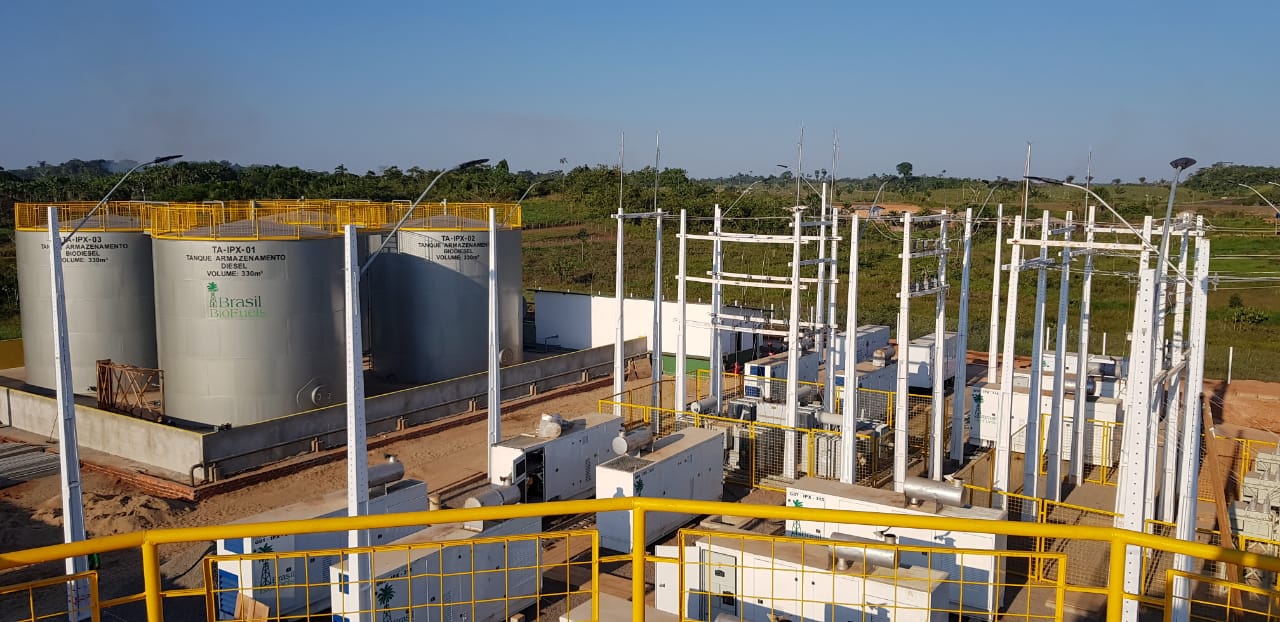
The plant will feature an electrolysis unit to generate hydrogen using water and electricity from clean, renewable sources; this hydrogen is then used to treat the biomass raw materials in the fuel production process. The adjacent Paraguay River will be the main source of water, which will be supplied to the plant via dedicated pipes.
For the vice-minister of industry and commerce, Ramiro Samaniego, Omega Green is an example of the type of project and the type of investment that Paraguay wants. The plant will add value to the national production of soybean, which today is mainly destined for export, he added.
Samaniego affirmed that the government is working “very closely” to ensure compliance with environmental protection in relation to the project. At the moment, he said, they are working with producers to certify their soy production. Such is the case of a soy cooperative in Alto Paraná, a department where there has been an expansion of soy monoculture.
The director of environmental impact assessment at the Paraguayan Ministry of Environment, Carolina Pedrozo, declined to comment on the project.
Biofuels feedstocks
“How ‘sustainable’ are biofuels for aviation?” asks the group of environmental organisations behind the Omega Green study. “And, we ask, why the first aviation biofuel refinery in South America, and one of the largest in the world, is being built in Paraguay.”
The low level of aviation in Paraguay itself, and the potentially negative impacts of the production of raw material inputs, mainly soybean oil and animal fats, on people and the lands, they say, are the main reasons for the questioning.
“The animal fats would come from the by-products of the slaughter of beef for export. Paraguay is the sixth largest exporter of beef in the world. With just 7 million inhabitants, the country has a cattle herd of 14 million cows,” says the report, which links the expansion of cattle farming to deforestation in Paraguay.
Monocultures such as soy also contribute to the transformation of the country’s forest cover, the report argues. The total area under soybean cultivation reached 3,701,631 hectares in 2021, according to the Institute of Agricultural Biotechnology (INBIO). Paraguay is the world’s sixth largest soybean producer and the fourth largest exporter.
The biofuels case study points out that around 60 million kg of pesticides are used to produce soy every year in Paraguay. This has led to the contamination of surface and groundwater, and soil deterioration, which has an impact on the livelihoods of indigenous peoples and rural communities.
It cannot be sustainable when it is going to reproduce the current model of primary extraction, of soy and cattle, in a context of climate crisis
Although it does not appear in current environmental assessment, but does appear in announcements made by the company, another input for Omega Green would be pongamia, or Millettia pinnata, a quick-growing tree native to Asia. It is an exotic species that could compromise the biodiversity of the Chaco region, where cultivation of the tree has already begun, the organisations warn.
“It cannot be sustainable when it is going to reproduce the current model of primary extraction, fundamentally of soy and cattle, in a context of climate crisis,” said Omar Yampey, a researcher at Heñói, one of the organisations responsible for the Omega Green study.
In response to the study by environmental organisations, the company has described it as having “no basis in reality”, referring to erroneous data and ignoring the certification process of raw materials. “It is a piece designed to disseminate theories contrary to the progress of Paraguay, its economy and its society. And this is not useful for a serious debate on the issue of sustainable development,” a company spokesperson told Diálogo Chino.
Amid the disagreement, preparatory work began for the construction of the facility in November 2021, when CEO Battistella once more reaffirmed Omega Green as being “of national interest” and “strengthening [Paraguay’s] image before international investment agencies”.
